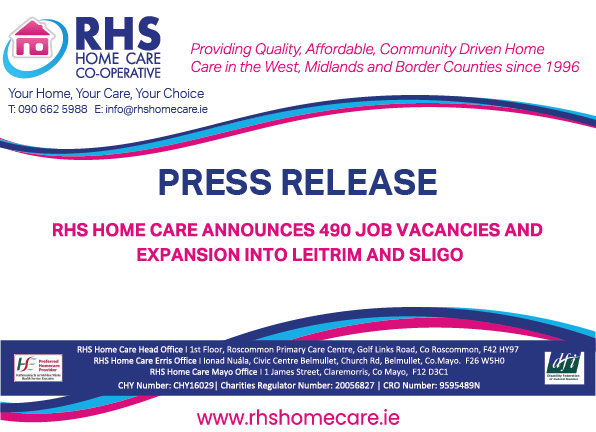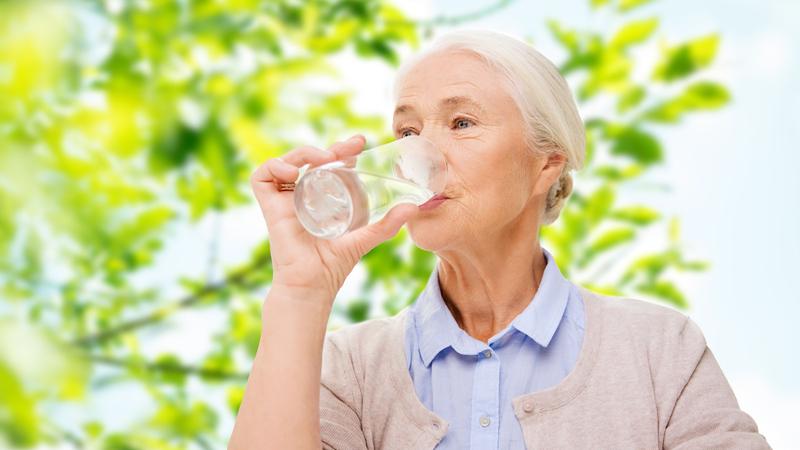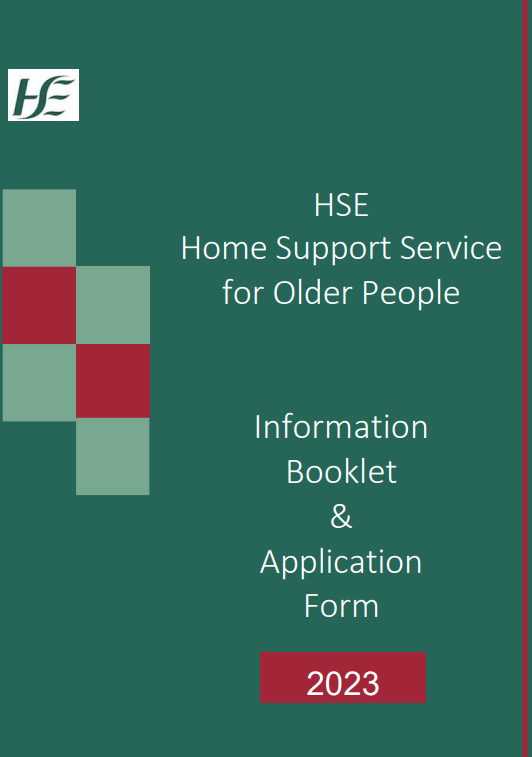PRESS RELEASE – 11th January – 490 Job Vacancies and Expansion into Leitrim and Sligo

PRESS RELEASE
RHS Home Care Announces 490 Job Vacancies and Expansion into Leitrim and Sligo
RHS Home Care, a well-established not-for-profit cooperative providing home support services in the West of Ireland since 1996, is thrilled to announce an expansion into counties Leitrim and Sligo. The move comes in response to an unprecedented surge in demand for its services, prompting the creation of 490 immediate job vacancies.
Recruitment Drive Across Five Counties
RHS Home Care has been a pillar of support in Roscommon, Galway, and Mayo for 28 years, embodying a home-first approach to care. General Manager Patrick Towey stated :
“We are thrilled to be adding 490 new roles to continue providing the highest standards of care to vulnerable individuals, supporting them to remain at home. Home is proven to be the best and safest place for someone to remain, provided the correct supports are in place. Our recruitment drive for community-based care assistants will be completed throughout Roscommon, Mayo, Galway, Sligo, and Leitrim over the course of 2024.”
The company is actively seeking candidates for 100 positions in Roscommon, 120 in Galway, 120 in Mayo, and a combined 150 in the newly expanded counties of Leitrim and Sligo. Mr. Towey reflected on RHS Home Care’s growth, “When RHS Home Care was established in 1996 it was not envisaged that the project would grow to employ nearly 400 people. Initially, the Cooperative trained 30 people through start-up funding.”
28 Years of Growth and Community Impact
RHS Home Care currently serves almost 1000 clients across three counties, distinguishing itself as the only home care cooperative of its kind in Ireland. Mr. Towey highlighted the cooperative’s unwavering commitment to prioritizing the client’s well-being over financial gain, setting RHS Home Care apart from commercial home care companies.
“The priority of RHS Home Care is the client. Since the beginning, it has always been about quality care and not financial gain – that is what sets RHS Home Care apart from commercial home care companies. Over the last 28 years of providing care and compassion in the community we know we offer the best model of home support services – second to none. We enable people to maintain their independence in the comfort of their own homes within their communities”
Opportunities to Make a Difference
Prospective applicants interested in joining RHS Home Care’s mission to provide quality care and compassion to the community can find more information on job vacancies at www.rhshomecare.ie or by contacting jobs@rhshomecare.ie.
About RHS Home Care:
RHS Home Care, established in 1996, is a not-for-profit cooperative providing home support services in the Midlands, West and North West of Ireland. With a focus on quality care and community wellbeing, RHS Home Care has expanded its services to include counties Roscommon, Galway, Mayo, Leitrim, and Sligo. For more information, visit www.rhshomecare.ie.
Patrick Towey Veronica Barrett
General Manager Director of Services























